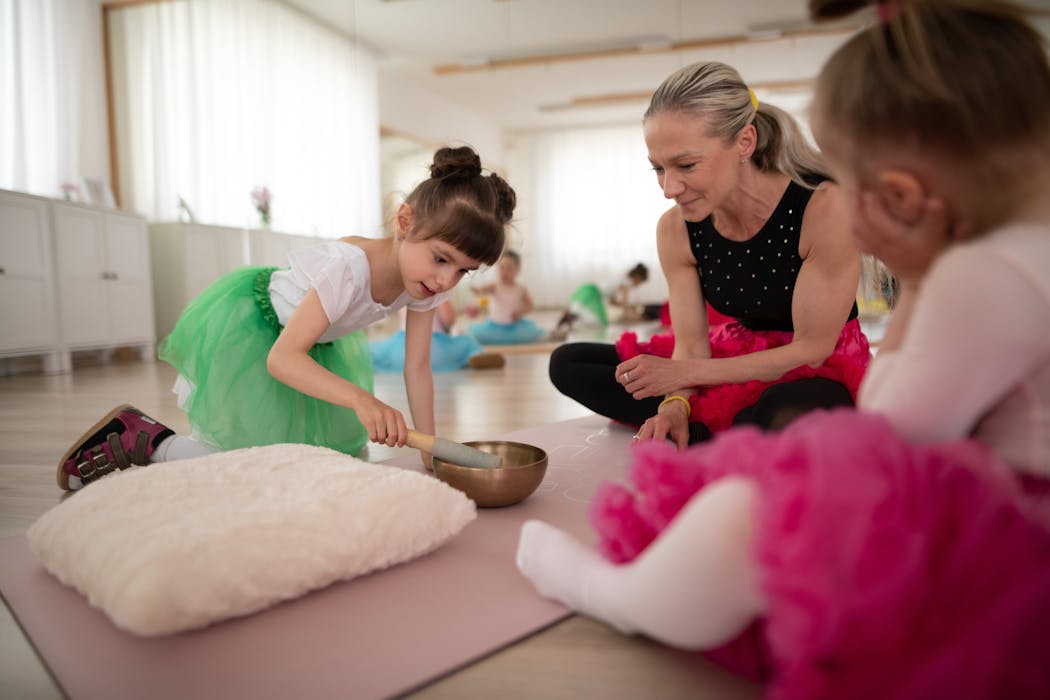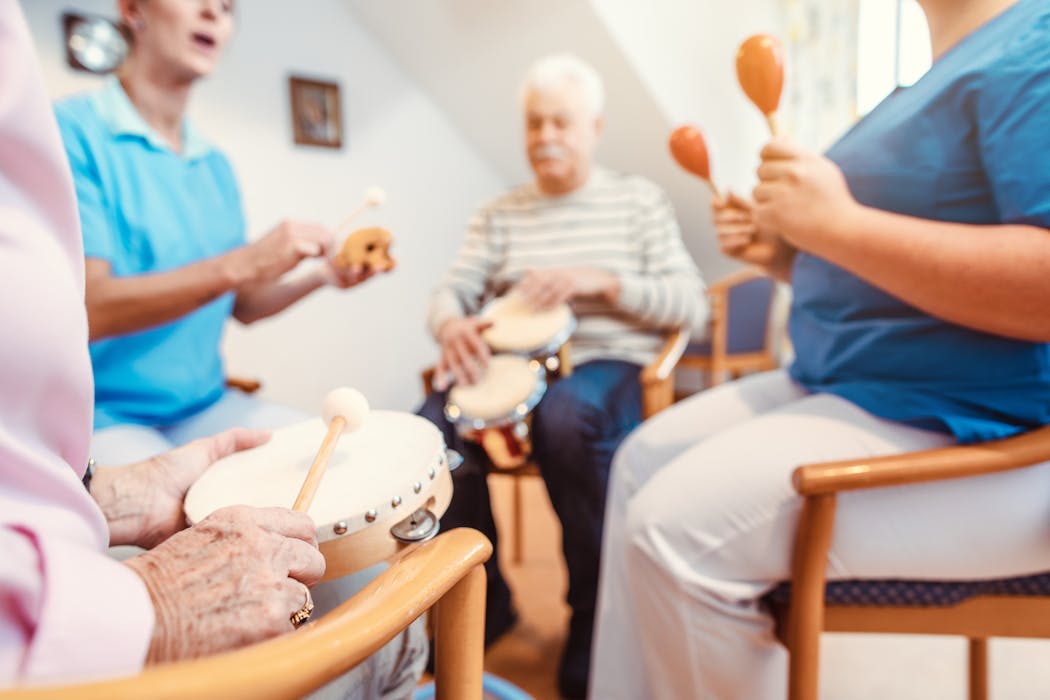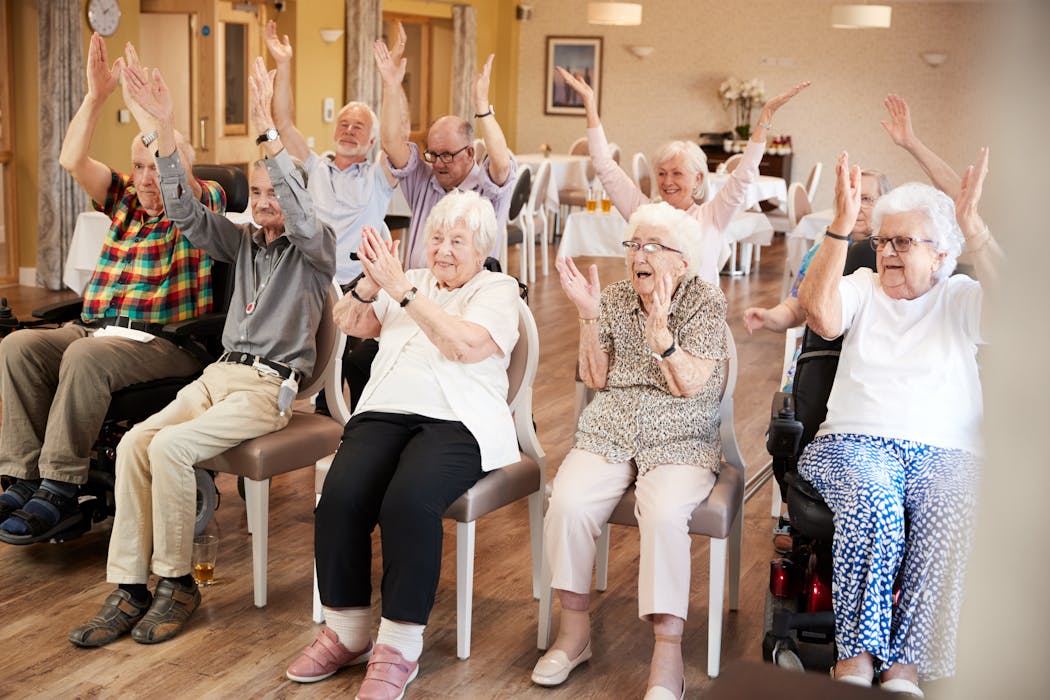Anxiety is a common mental health condition that affects millions of people worldwide. It is characterized by feelings of worry, fear, and unease, often accompanied by physical symptoms such as increased heart rate, sweating, and trembling. Anxiety can be triggered by a variety of factors, including stress, trauma, genetics, and environmental factors. It can have a significant impact on a person’s daily life, affecting their ability to concentrate, sleep, and engage in social activities. Chronic anxiety can also lead to more serious health issues, such as high blood pressure, heart disease, and depression.
The impact of anxiety on an individual’s life can be profound, affecting their relationships, work performance, and overall well-being. It is important for those struggling with anxiety to seek out effective coping mechanisms and treatment options to manage their symptoms and improve their quality of life. One such coping mechanism that has gained attention in recent years is the therapeutic benefits of painting for anxiety relief. By understanding the nature of anxiety and its impact, individuals can begin to explore the potential of painting as a tool for managing their symptoms and finding relief.
The Therapeutic Benefits of Painting for Anxiety Relief
Painting has long been recognized as a therapeutic activity that can provide a sense of calm and relaxation. The act of painting allows individuals to express themselves creatively and engage in a form of self-expression that can be deeply satisfying. For those struggling with anxiety, painting can serve as a valuable outlet for processing emotions and reducing stress. The repetitive and meditative nature of painting can help to quiet the mind and promote a sense of mindfulness, allowing individuals to focus on the present moment and let go of worries and fears.
Research has shown that engaging in creative activities such as painting can have a positive impact on mental health, reducing symptoms of anxiety and depression. The act of creating art can stimulate the release of dopamine, a neurotransmitter associated with pleasure and reward, which can help to elevate mood and reduce feelings of anxiety. Additionally, painting can provide a sense of accomplishment and mastery, boosting self-esteem and confidence. By recognizing the therapeutic benefits of painting for anxiety relief, individuals can begin to incorporate this creative activity into their daily routine as a means of managing their symptoms and finding relief.
How Painting Helps to Shift Focus and Calm the Mind
One of the key ways in which painting can be beneficial for anxiety relief is its ability to shift focus and calm the mind. When individuals are engaged in the act of painting, they are able to redirect their attention away from anxious thoughts and worries and onto the creative process at hand. This shift in focus can help to break the cycle of rumination and overthinking that often accompanies anxiety, allowing individuals to experience a sense of mental clarity and calm.
The act of painting also encourages individuals to be present in the moment, focusing on the colors, shapes, and textures they are working with rather than dwelling on past or future concerns. This mindfulness practice can help to reduce feelings of anxiety and promote a sense of relaxation. By immersing themselves in the creative process, individuals can experience a temporary escape from their worries and find a sense of peace and tranquility. As a result, painting can serve as a valuable tool for managing anxiety and promoting emotional well-being.
Exploring the Expressive and Creative Nature of Painting
Painting is a highly expressive and creative activity that allows individuals to communicate their thoughts, feelings, and experiences in a visual form. For those struggling with anxiety, painting can provide an outlet for expressing emotions that may be difficult to articulate through words alone. The act of creating art allows individuals to externalize their internal experiences, giving form to their inner world and providing a sense of validation and understanding.
Through painting, individuals can explore themes of fear, uncertainty, and vulnerability, as well as hope, resilience, and strength. The creative process allows for a range of emotions to be expressed and processed in a safe and non-judgmental way. This can be particularly beneficial for those struggling with anxiety, as it provides an opportunity to release pent-up emotions and gain insight into their inner landscape. By embracing the expressive and creative nature of painting, individuals can harness its potential as a tool for managing anxiety and finding emotional release.
Tips and Techniques for Using Painting as a Tool for Anxiety Relief
For those interested in using painting as a tool for anxiety relief, there are several tips and techniques that can be helpful in getting started. First and foremost, it is important to approach painting with an open mind and a willingness to experiment. There is no right or wrong way to create art, so individuals should feel free to explore different styles, mediums, and techniques to find what resonates with them.
It can also be helpful to create a dedicated space for painting that is free from distractions and conducive to creativity. This could be a corner of a room, a studio space, or even an outdoor setting that inspires creativity. Having a designated space for painting can help individuals to feel more focused and engaged in the creative process.
Additionally, it can be beneficial to set aside regular time for painting as part of a self-care routine. This could involve scheduling weekly or daily painting sessions as a way to prioritize creative expression and emotional well-being. By incorporating painting into a regular routine, individuals can experience the cumulative benefits of this therapeutic activity over time.
Incorporating Painting into a Self-Care Routine for Managing Anxiety
Incorporating painting into a self-care routine can be an effective way to manage anxiety and promote emotional well-being. Self-care involves taking intentional actions to nurture one’s physical, emotional, and mental health, and painting can be a valuable component of this practice. By setting aside time for creative expression through painting, individuals can prioritize their emotional needs and find relief from the symptoms of anxiety.
In addition to scheduling regular painting sessions, individuals can also explore other self-care activities that complement their creative practice. This could include activities such as meditation, yoga, journaling, or spending time in nature. By engaging in a variety of self-care practices, individuals can create a holistic approach to managing anxiety that addresses their emotional needs from multiple angles.
It is also important for individuals to approach their self-care routine with compassion and self-acceptance. Managing anxiety is an ongoing process that requires patience and persistence, so it is important for individuals to be gentle with themselves as they navigate their journey toward emotional well-being. By incorporating painting into a self-care routine with an open heart and a spirit of self-compassion, individuals can experience the transformative power of creative expression in managing anxiety.
Seeking Professional Guidance and Support for Anxiety Management through Painting
While painting can be a valuable tool for managing anxiety, it is important for individuals to seek professional guidance and support as part of their overall treatment plan. This may involve working with a therapist or counselor who specializes in art therapy or other creative modalities. A trained professional can provide guidance on how to use painting as a therapeutic tool for managing anxiety and offer support in processing emotions that arise during the creative process.
In addition to individual therapy, individuals may also benefit from participating in group art therapy sessions or workshops that focus on using painting for anxiety relief. These group settings provide an opportunity for individuals to connect with others who are navigating similar challenges and share their experiences in a supportive environment.
Ultimately, seeking professional guidance and support for anxiety management through painting can help individuals to gain insight into their emotional experiences, develop coping strategies, and find validation in their creative expression. By working with trained professionals who understand the therapeutic potential of painting for anxiety relief, individuals can enhance their overall treatment plan and experience greater emotional well-being.
In conclusion, understanding anxiety and its impact is essential for recognizing the potential of painting as a tool for managing symptoms and finding relief. The therapeutic benefits of painting for anxiety relief are vast, encompassing its ability to shift focus, calm the mind, express emotions creatively, and promote mindfulness. By incorporating painting into a self-care routine with intentionality and self-compassion, individuals can harness its potential as a valuable tool for managing anxiety. Seeking professional guidance and support is also crucial in maximizing the therapeutic benefits of painting for anxiety relief. By working with trained professionals who understand the power of creative expression in managing anxiety, individuals can gain insight into their emotional experiences and develop effective coping strategies. Overall, painting has the potential to be an empowering and transformative tool for those struggling with anxiety, offering a path toward emotional healing and well-being.
Find out how Torongo Therapyplus can help you with your needs. Get in touch with us at smile@torongo.life, or call us on 02 8809 9965.































